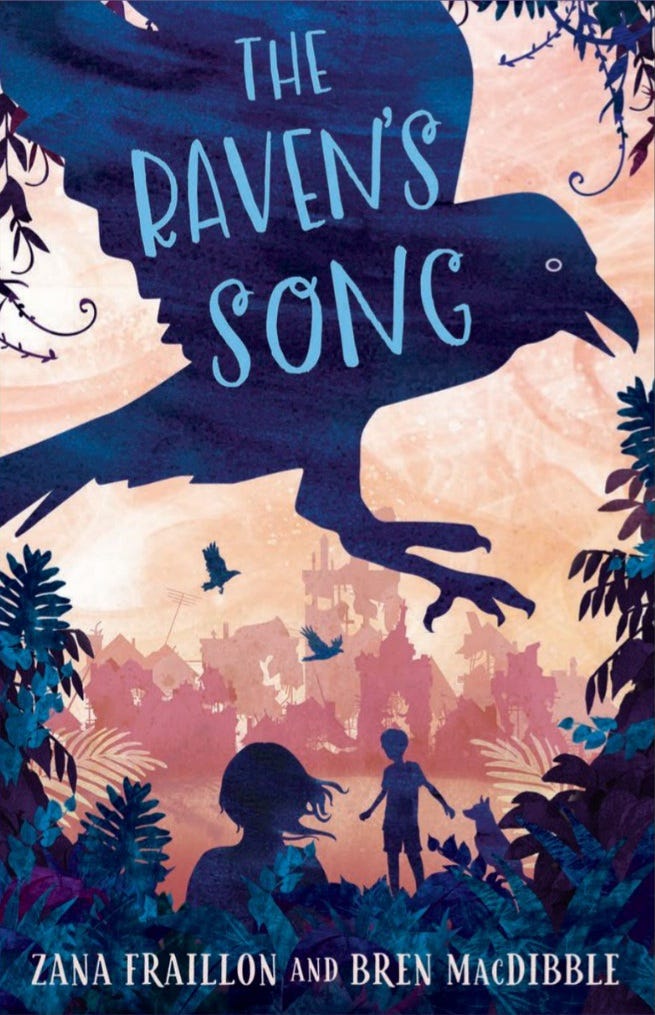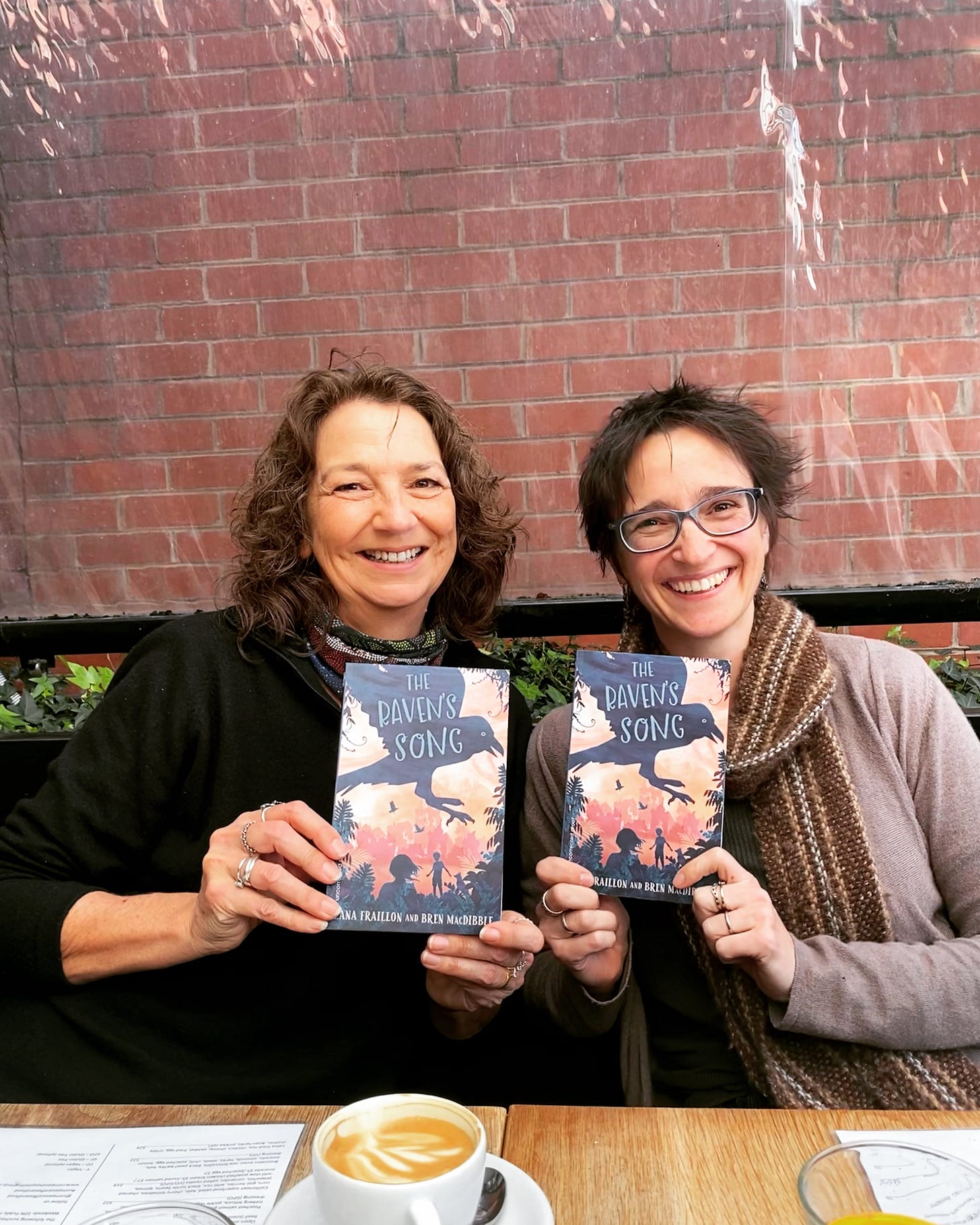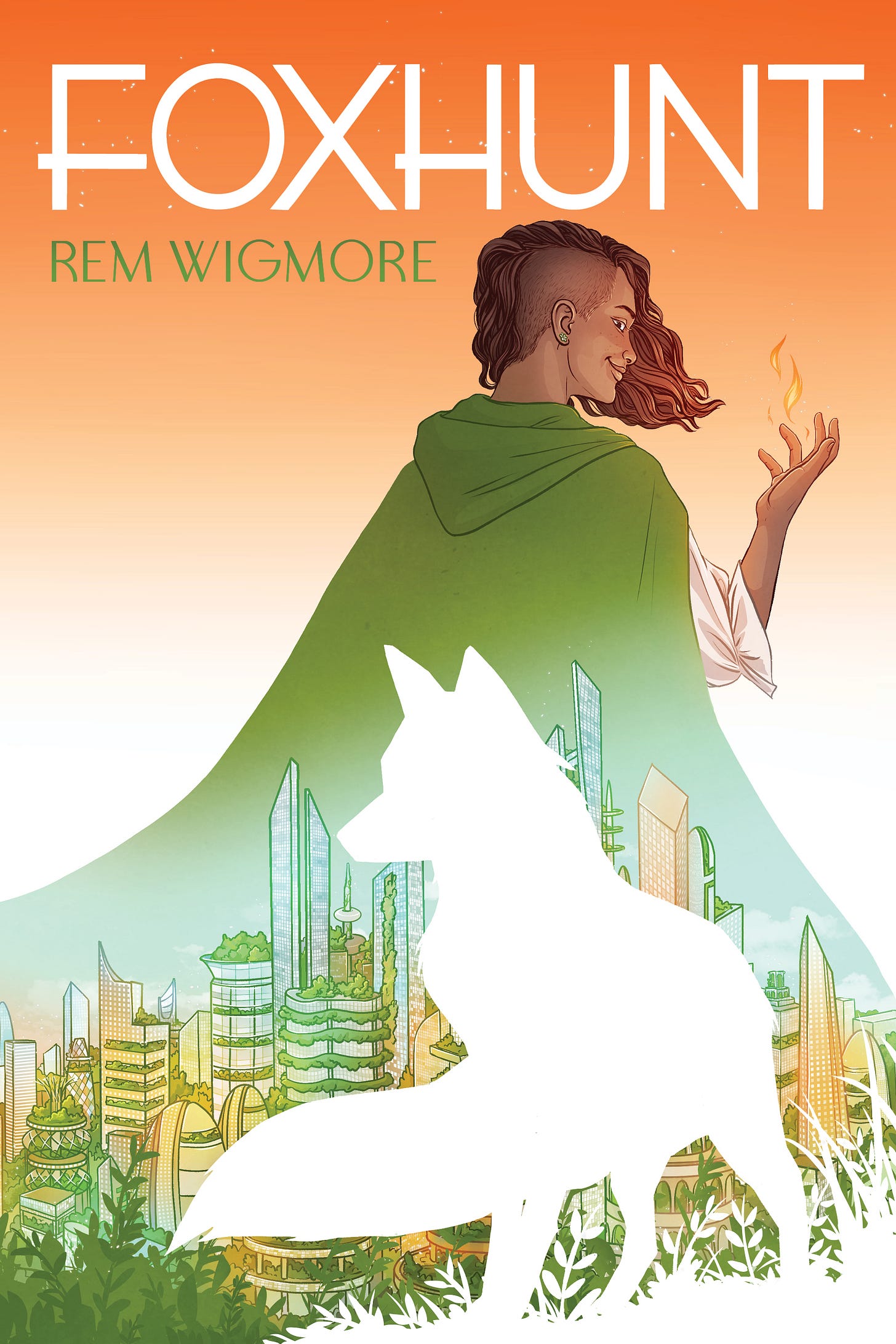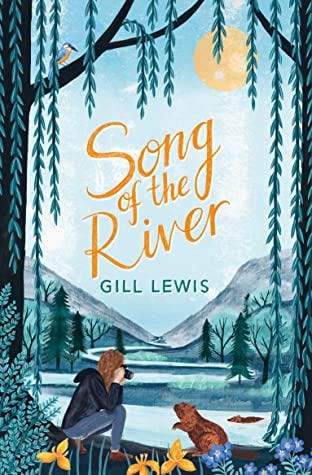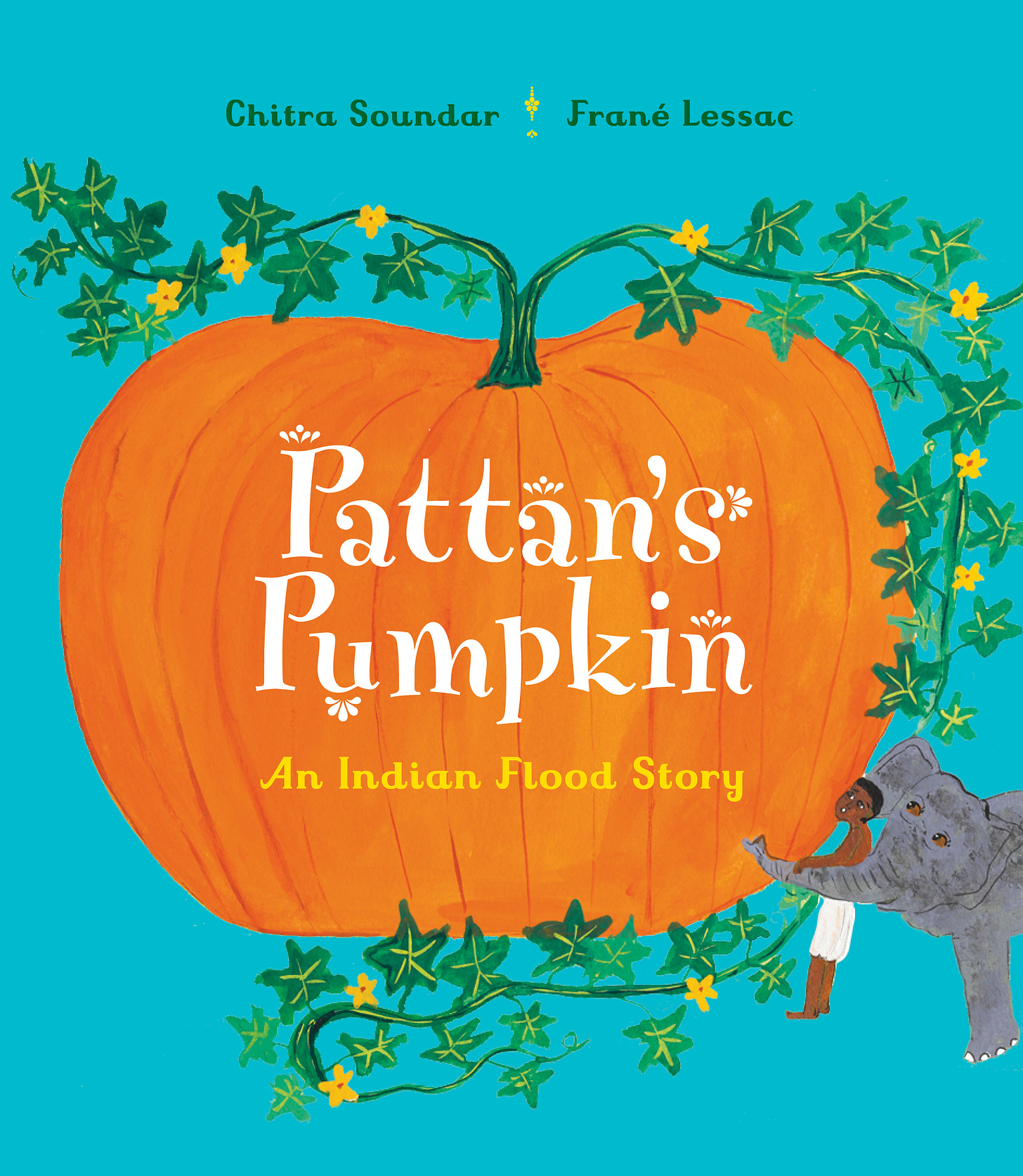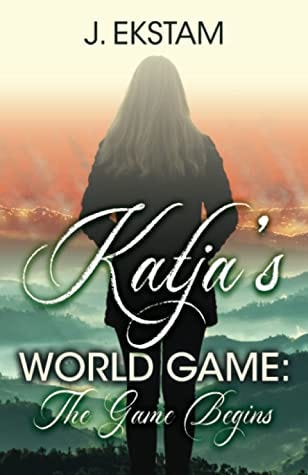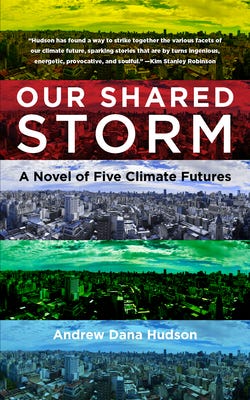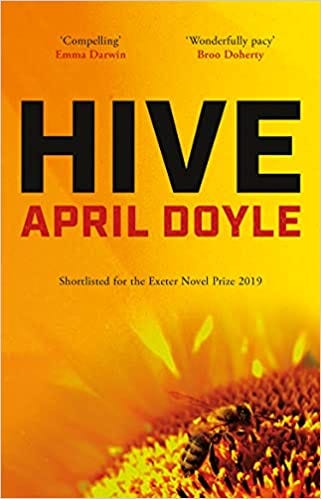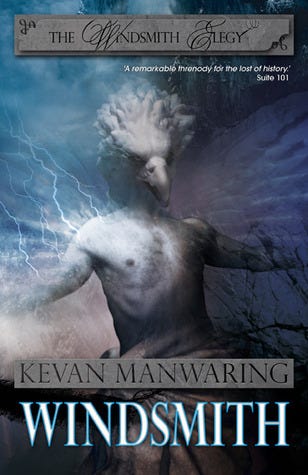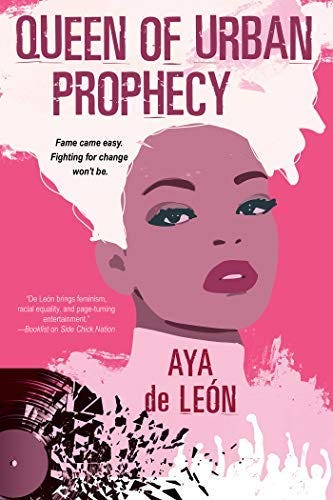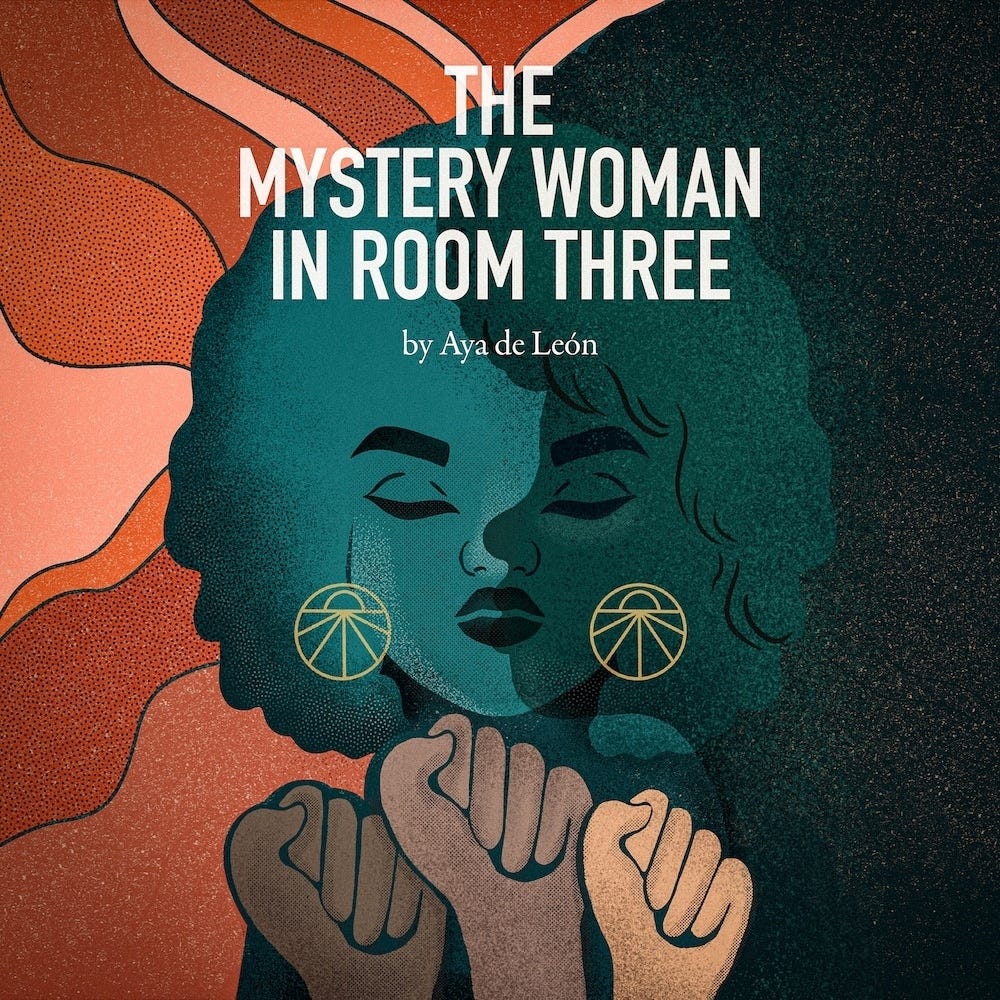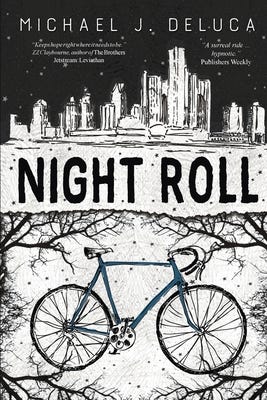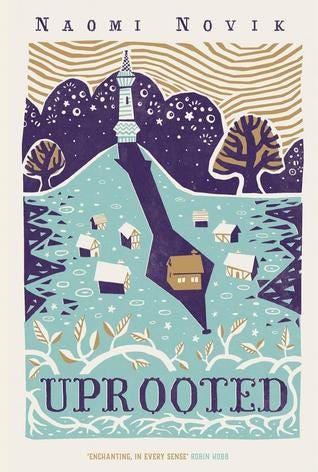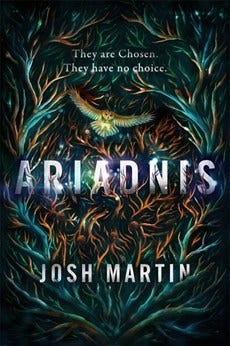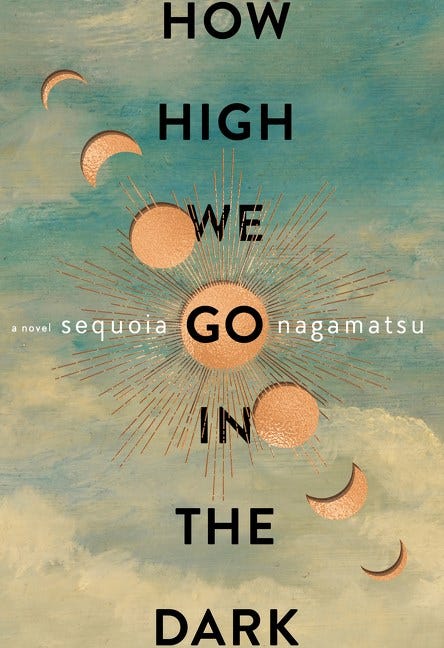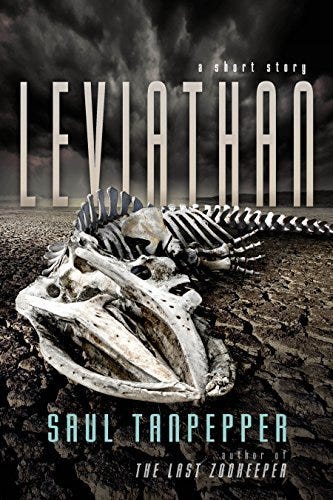The Raven’s Song is a collaboration between Zana Fraillon and Bren MacDibble. It’s a novel for upper middle grade set in a climate and diseased ravaged future where cities have been deserted and survivors now live self-sufficient low-pollution lives in fenced and isolated hamlets as they wait for the world to heal. But children are curious and when Shelby Jones sees strange things outside the perimeter fence, she is tempted to leave the safety of her simple life and discovers the world from her history books, but then she discovers the past is not as dead as everyone thinks it is!
This novel has characters from three time periods and looks at how knowledge is passed through the ages, and what it means to be a good ancestor.
Climate Fiction Writers League is a reader-supported publication. To receive new posts and support my work, consider becoming a free or paid subscriber.
Bren: In writing The Raven’s Song, I set out to explore a post-city world. A world of survivors dedicated to healing the planet, where the wilderness was honoured and explore how young people might live in simple, low-pollution and isolated communities.
I feel like you set out from a different place with more complex ideas and a very human-centric focus, in fact, much like my character Shelby in the book, I was so caught up in human obligations to the planet I had to be reminded by you that humans can earn rights to the planet as well. Thank you for that.
Can you talk about your starting point for your character Phoenix and this powerful connection through the ages that you brought to the book?
Zana: It’s so interesting you say that, because I think for me, the starting point was also about how people can begin to go about the process of healing the planet. I definitely see our role, as people, as one of custodianship – people have no more rights to the planet than the more-than-humans that we share the planet with. Arguably, we have far fewer rights considering the immense damage to the planet that has been caused by human activity in such a short space of time (and acknowledging here that not all humans are equally culpable – it is the interests of a select few that have created ruin for so many, and corrupted many efforts made to maintain systems of balance).
But we are living now in a time of rapid, radical, permanent, unpredictable and catastrophic environmental change caused by multiple and interacting human impacts on the Earth, and resulting in change so violent as to be archived as in indelible strata in the earth itself. And the question now is, how, in the face of such overwhelming damage, can we provide for future generations? How do we reconcile ourselves with what has been lost? With the gaps and absence of diverse species, habitat, language, culture and knowledge?
So in that sense, I suppose it is human-centric, in that I am calling on the human part of this kinship network to take determined action – like those in Shelby’s time did. They decided how they had to live to start to heal the damage that had been caused by those who came before.
When I started to think about my character Phoenix, what I really wanted to explore, was the idea that yes, we may have been birthed into a damaged world with damaged ideologies, but if we are still here, then we still have an impact! We can imagine a future that is different to the one we are being sold. So Phoenix for me, is all about rebirth. About seeing ourselves as future ancestors, and questioning what it is that we refuse to lose. What is it that we cannot bear for the earth to be without? What do we hold sacred? The notion that we are connected through massive expanses of time to people who have come thousand of years before us, and similarly, how we will be connected to those who come thousands of years after us – what is it that we will pass on through time?
When I started writing Phoenix, I wanted a character who was open to different ways of seeing and thinking and being in the world. He is a character who is so perceptive and so brimming with imagination that he finds it almost overwhelming. And it is through him, that we are able to see ourselves (I hope!) as existing in this sort of everwhen of being. Of seeing ourselves as wonderfully entangled in this web of past, present and future that exists all around us if only we knew to listen.
I think this is something that Shelby and Phoenix share – their ability, despite being very different people, to listen to the earth and respond. But it did take me a while to work out just who Phoenix was going to be on the page. I struggled for a while to find his balance – he was very internal for a while.
For the first few drafts I don’t think he spoke either, or have I misremembered that? I think that is why I started writing the sections of the Ravened Girl – she was there in my head as soon as I sat down to write. This presence that we hadn’t planned but that I had to release. As though she actually was calling to me through time! A real person who’s voice I had stumbled on.
As soon as I read Shelby, I felt that she must have been the same for you – this character who charged out of your head whole and wonderful and knowing exactly who she is. She is such a dimensional character who holds so much presence on the page that I could immediately imagine her banging on my door and demanding to be let in. So did she stride into your head fully fleshed or did you have to tease her out like I did with Phoenix?
Bren: Phoenix was very internal initially but he’s got a lot going on in there! Shelby on the other hand did arrive fully formed and master of her own universe. And that’s because her world is simple. It’s working hard on the egg farm, getting by without a mother she never knew, hanging out with her best friend, getting bored at school, knowing her small community and how everything works. It’s feeling safe among her 350 people, and knowing they’re all working together for a higher purpose: Low pollution, fully contained lives so the world outside their fences can heal. (I liked the idea of putting the humans in ‘cages’ a little too much.) It was her grandparents who chose the path they’re on. She was born into a world that already existed this way and all she had to do was learn, with some pride, that the way they were living would repair past misdemeanours and create a better future for all life on the planet. I feel like we all want a simpler world to live in. That the price of the modern world is sometimes too high.
When the pandemic arrived half way through writing this book with you and the air quality cleared and animals came down into towns, it seemed like my plan for these self-contained hamlets made perfect sense. But then it was derailed by the pandemic deniers who insisted on going maskless, who insisted on their right to ‘freedom’ at the expense of others. So in a way, I guess we were writing a utopia… set after a dystopia. I included signs that survivors vacating the cities to go to these hamlets was not a simple and calm thing. Perhaps only the most logical and selfless people moved to the hamlets. I shudder to think what happened to the rest. They certainly were not still around in this future world. This is not a Mad Max story. This is very much a children’s adventure.
The thing I regret is I made my characters in the hamlets vaguely vegetarian, but I wish now I’d made them vegan. It’s so obvious on further research that the limited amount of land they live on would much more easily support them if there were no domesticated farm animals… apart from maybe the plough mules. Obviously animals give off methane and use much more water and resources by eating plants and grains that could have gone directly to people, so even though they’re mostly kept for eggs, milk and cheese, I regret I didn’t take that to a more sensible place and make my future people vegan. I’ve moved from vegetarian to vegan lately and I feel like it’s the absolute biggest move I’ve made to save the world from a lot of needless pollution. Even more than an electric car. It fully aligns with my values as a conservationist, with reducing the planetary stressors on pollution, loss of wild habitat and food security, and animal welfare, and I haven’t been this healthy or clear-headed in years!
When you speak of damaged ideologies it reminds me of how major health organisations in the US are funded by meat, dairy and pharmaceutical companies, and how many fossil fuel companies go to the UN Climate Change Conference. At what point do we put human health, animals, and environment ahead of corporate profits? The corporate-backed misinformation wars keep people’s heads spinning, and create inaction. What they say doesn’t have to be true, it just has to cause doubt. Humans turn away from things we don’t understand, we settle back into familiar patterns instead. The patterns that keep profits rolling along, and cause further damage to ourselves and our environment.
Phoenix who exists slightly in our future, I feel, represents the children of today. So many conflicts in the world to negotiate, nothing is as sure for him as it is for Shelby in her simple future 100 years on. He’s familiar with pandemics and pollution and climate change and these things really worry today’s children, particularly those who live in cities surrounded by pollution and people. Phoenix also lost a mother, but he remembers her and, with her living in the past and in his mind, I feel like she’s opened a pathway for him to the past and other things unseen by most children. And then… in steps your amazing Ravened Girl with her beautiful chants and folklore, a historical figure trapped in stasis in a bog, also familiar with pandemics, with some knowledge to give to the future. Phoenix becomes a conduit of sorts, but also struggles to be a boy in a family of loud children, trying to make sense of all he can perceive. He is entangled in a web of past, present and future and he does waver wonderfully between denial and acceptance and confusion over what to do with what he sees. You worked much harder at character wrangling than I did.
I adore the message he discovers about being a good ancestor. This is something young people are thinking about due to the world they’re set to inherit. Do you think being a good ancestor is a particularly hard sell in the modern world where people put their personal desires ahead of the needs of society and the planet? Where being a good ancestor once meant accumulating wealth to pass down. Is it only now that we begin to suffer from climate change that we take it seriously? Is attempting to save the planet now at the point of also saving ourselves? Is this too many questions at once?
Zana: Ask away! This feels like when we were plotting at the very beginning and our ideas and questions were coming faster than our fingers could type. I will never forget the exhilaration of that.
I think that the notion of being a good ancestor actually gives us a kind of freedom. Individual people are no match for the corporate greed you talk about. And yet, seeing ourselves as ancestors enables us to see ourselves not just as inheritors of absence and loss, but as threads in the weave. Our decisions matter. I think that sometimes the damage we have wrought on the planet feels too big to overcome. It is overwhelming, and people can’t act when they are overwhelmed. But if you can see yourself repositioned as an ancestor, then you are immediately connected through time to someone who won’t exist for thousands of years, and the next question becomes, what is it that you have to pass down? What we do now, the actions we take in our day to day lives, will make a difference for people who are so far removed from us in time, that they will speak a language totally unrecognisable to us now. The world they know may not be anything like the world we know. And yet, these are the people we are affecting.
David Farrier writes about it so powerfully in his book Footprints – that idea that people separated from us by 4000 generations, will still be living in a world in which the carbon levels in the atmosphere, caused by the burning of billions of tons worth of coal and oil, will still be higher that than those of the pre-industrial age. The future fossil record is witness to our lifestyles – plastic can be seen as an actual geological layer in the earth, and there are markers that signal the point in time where humans and livestock reached 96% of the entire animal biomass of the Earth. And that mass of livestock bones is accompanied by the sudden silencing of tens of thousands of mammal, bird, insect, reptile, fish, seaweed, coral, tree and plant species that once proliferated the planet.
Extinction rates for vertebrates alone, rose from 200 species lost every 10,000 years, to 200 species lost within a single century. Faced with facts like that, it seems pointless to even try. And yet. You are an ancestor. You have a responsibility. What you do matters. It shifts the focus from what is lost, to what can be saved. It is a strangely empowering notion I think, and one that fills me with joy and hope and promise and wonder.
For those future people, we are the fossils they are unearthing, we are the handprints in the cave! Ours will be the footprints revealed in the bog that they ponder over and analyse. When you shift your focus and see yourself in this light, wrapped up so completely in time, I think the day to day desires and stressors fade into insignificance. It allows you to notice the world differently, and more than anything perhaps, it suggests that there are myriad possible futures for the world.
I think sometimes we fall into the trap of thinking that our future is set in stone. We see the damage done and assume what is to come. But there are so many different possible futures, I honestly believe that the key to our continued existence lies in imagination. We may be standing on the brink of disaster, but we are still able to imagine, to tell, multiple different futures. And if we can imagine it, we can fight for it.
As Anna Tsing writes, ‘the challenge of our time, is how we tell terrible stories beautifully’. And it is the stories we tell of this entangled time, the stories of our pasts, our presents and our futures, and how we tell them, that will direct and dictate the age that the Anthropocene will become. It is through stories that we know our world.
It is so interesting how you talk about our story as a post-dystopia-utopia, and in many ways, Shelby’s world mirrored the lockdowns that we all went through. Living in Melbourne, we were confined to a 5km zone around our homes, no visitors were allowed, there was a strict curfew – we all had to make do with the provisions that were available to us. When Shelby marvels over the possibility of having multiple kinds of apples, I know how she felt! I would have killed for a good croissant! A pomegranate! Dumplings! Things, people, possibilites that we take for granted were suddenly impossible. We missed out on so much, and yet, we all began to notice things that we had never properly noticed before. The natural world announced itself. When we stopped, the world bloomed. There is so much promise in that.
I remember when we started plotted and planning, one of the things that grabbed us both was the notion of the past re-erupting into the present. Phoenix’s pandemic was directly inspired by anthrax reappearing in the thawed carcasses of long dead ice age elk, and we spoke of hunger stones revealed in drought affected rivers, proclaiming ‘if you see me, weep’. And now of course, this year has brought more drought, and we are seeing more and more markers, more and more messages from our very deep pasts being revealed.
I feel we could continue this chat forever – and perhaps we shall! But I do have one final question for you. It was the question we asked of our characters, but I don’t think we ever asked each other. If you could leave a message for someone to find 100/1000/10,000 years in the future, what would it say?
Bren: Oh shit… what would I say to the future? In the light of all those amazing facts and wise and inspiring words, I would apologise. I’d say, I’m so sorry for what we did to the planet. We were born into these lives and thought this is just how we live and there’d be time to change. We thought governments would make the future better. But then we looked up from the task of daily living, and the future was here. We realised too slowly that the world was set up so advocates of polluting technologies and behaviours would profit and they stifled change. We were too caught up in ourselves. We made mistakes that had devastating results. When the wool lifted from our eyes, an albatross was hung around our necks. I hope the weather is mild. I hope we left you enough forests and jungles full of a myriad of creatures and plants so the rain will sink deep into alive soil and trickle slowly to streams and rivers as they run through mountains, hills and plains and out to an ocean alive with creatures. She is glorious, this planet. She deserved better.
Find out more about The Raven’s Song, is available in UK from Old Barn Books and in Aus and NZ from Allen & Unwin.
Bren MacDibble was raised on farms all over New Zealand, so is an expert about being a kid on the land. In 2018, How to Bee – her first novel for younger readers – won the Children’s Book Council Book of the Year Award for Younger Readers, the New South Wales Premier’s Literary Award Patricia Wrightson Prize for Children’s Literature, and the New Zealand Book Awards Wright Family Foundation Esther Glen Award for Junior Fiction. In 2019 The Dog Runner won the New Zealand Book Awards Wright Family Foundation Esther Glen Award for Junior Fiction. Bren also writes for young adults under the name Cally Black.
Zana Fraillon is an internationally acclaimed, multi-award-winning author of books for children and young adults. Her work has been published in over 15 countries and is in development for both stage and screen. Her 2016 novel The Bone Sparrow won the ABIA Book of the Year for Older Children, the Readings Young Adult Book Prize and the Amnesty CILIP Honour. It was shortlisted for the PM’s Literary Awards, the CBCA awards, the Qld Literary Awards, Vic Premier’s Literary Awards, the Guardian Children’s Fiction Prize, the Gold Inky and the CILIP Carnegie Medal. Zana spent a year in China teaching English and now lives in Melbourne with her three children, husband and two dogs.
Solutions Spotlight
In this issue’s extract from a book featuring a climate solution, Rem Wigmore shares an extract from Foxhunt, a queer solarpunk sci-fi novel.
“Our technology is among the best in the world,” Rivasoa said. “We use solar panelling of course, the same as any civilised person, for we honour the Earth. But things being of use does not mean they cannot, too, be of beauty. Many of our solar panels are as you have seen, mosaics of colour. The whole city is a work of art, and one that changes with every shifting angle of the Sun, as all art is changed by its viewer.”
Orfeus nodded, distractedly. Solarglass was one thing, but everything here was so organic. Whole trees reared out of buildings like nothing in Tinctora. “Your whole city is a forest,” she said.
Solar Estimate gives people in the US an estimate for converting to solar. Find out about stained glass solar panel innovations.

